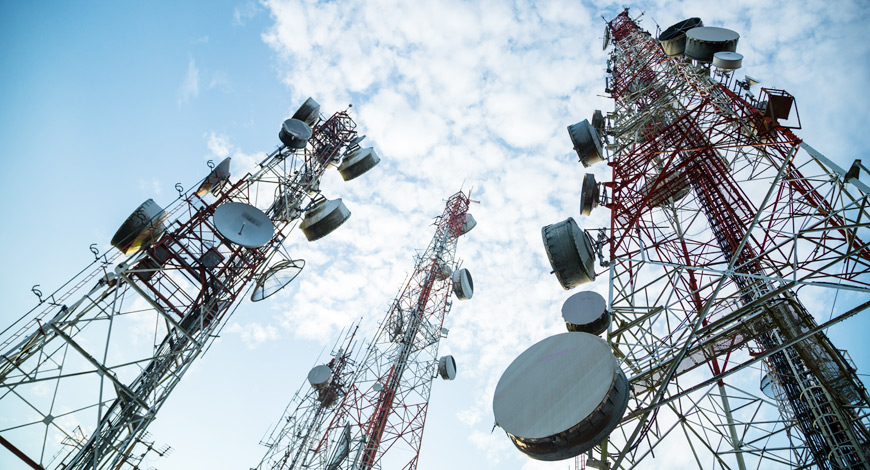- Economy
- Education And Career
- Companies & Markets
- Gadgets & Technology
- After Hours
- Healthcare
- Banking & Finance
- Entrepreneurship
- Energy & Infra
- Case Study
- Video
- More
- Sustainability
- Web Exclusive
- Opinion
- Luxury
- Legal
- Property Review
- Cloud
- Blockchain
- Workplace
- Collaboration
- Developer
- Digital India
- Infrastructure
- Work Life Balance
- Test category by sumit
- Sports
- National
- World
- Entertainment
- Lifestyle
- Science
- Health
- Tech
India's Public WiFi Plans Leave A Lot To Be Desired
India has fallen significantly short of its target for rolling out public WiFi hotspots. Only around 0.5 million hotspots have been established, a far cry from the intended 10 million by the end of 2022
Photo Credit : Shutterstock

Approximately five years after the government promoted public WiFi as a crucial factor for expanding broadband coverage, the results have been far from impressive.
India has fallen significantly short of its target for rolling out public WiFi hotspots. Only around 0.5 million hotspots have been established, a far cry from the intended 10 million by the end of 2022 as outlined in the National Digital Communications Policy-2018.
Comparatively, when looking at the number of public WiFi hotspots per million population, India's count is 175 times lower than that of the UK, 50 times lower than the US, and 75 times lower than China, according to data from a global market research agency.
At this rate, experts, executives, and analysts predict that India is also likely to miss its more ambitious target of 50 million public WiFi hotspots by 2030, as stated in the latest Bharat 6G Vision document.
One significant reason for the failure of public WiFi, according to industry executives, is the exorbitant charges for Internet leased lines, ranging from Rs four lakh to Rs eight lakh per year, that telecom operators or ISPs impose on public data offices (PDOs) and public data office aggregators (PDOAs). These entities are responsible for purchasing bulk Internet bandwidth and providing public WiFi services to users.
However, telecom companies show no sign of relenting. They argue that their immediate priority is to use their bandwidth and fiber resources efficiently to deliver quality broadband to their own customers at affordable rates, before considering any price cuts for outsiders, such as PDOs/PDOAs, involved in public WiFi.
In contrast, experts at the Broadband India Forum (BIF) believe that the PM-WANI public WiFi program could significantly improve the country's digital infrastructure in rural areas and enhance fast broadband access for the general public. They call for the intervention of the Department of Telecommunications (DoT) and the Telecom Regulatory Authority of India (Trai) to revitalise and enhance the business case for public WiFi.
BIF proposes a potential solution to the viability challenges faced by the PM-WANI program, suggesting that the Internet connectivity cost for PDOs/PDOAs should be closer to the current rates of home broadband, which are much more affordable. However, telcos reject this idea, citing the substantial costs involved in procuring international bandwidth, setting up cable landing stations, and deploying fiber across the country.
The delivery of public WiFi services without a permit involves three main entities: PDOs, PDOAs, and app providers. Under this model, PDOs and PDOAs purchase bulk bandwidth from telcos/ISPs and offer WiFi services to end-users at market rates. However, due to the expensive Internet bandwidth pricing, ordinary shopkeepers and small business owners acting as PDOs are unable to afford these rates, resulting in the failure to provide cost-effective public WiFi services, as per industry experts.
In December 2020, the Cabinet approved the aggregator-model proposed by the regulator, allowing PDOs, PDOAs, and app providers to deliver public WiFi services without a license, with PDOAs also handling functions related to authorisation and accounting. The aim was to increase national broadband penetration through the public WiFi approach using unlicensed entities.
Analysts suggest that the previous business case for public WiFi, aimed at increasing data consumption among price-sensitive customers in smaller towns and rural areas, has collapsed due to the prevalence of extremely affordable mobile data rates, generous data allowances, widespread smartphone adoption, and the availability of pan-India 4G and 5G services, making the public WiFi model less relevant for telecom companies.
